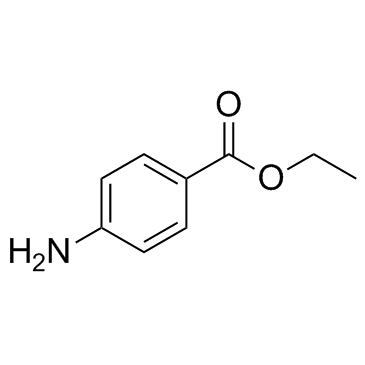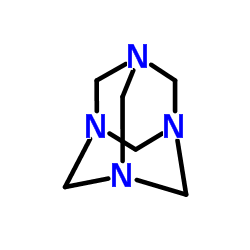| Structure | Name/CAS No. | Articles |
|---|---|---|
 |
Benzocaine
CAS:94-09-7 |
|
 |
Aminoform
CAS:100-97-0 |
|
 |
Peru balsam
CAS:8007-00-9 |